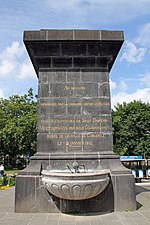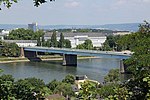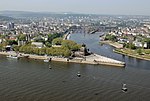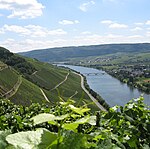Federal Office of Bundeswehr Equipment, Information Technology and In-Service Support

The Federal Office of Bundeswehr Equipment, Information Technology and In-Service Support (Bundesamt für Ausrüstung, Informationstechnik und Nutzung der Bundeswehr; BAAINBw) is a German government agency for equipping the German armed forces (Bundeswehr) with modern weapon systems considering cost efficiency aspects. In doing so, it is responsible for developing, assessing and procuring weapon systems. It was founded in 2012 by merging the Bundesamt für Wehrtechnik und Beschaffung (BWB) and Bundesamt für Informationsmanagement und Informationstechnik (IT-AmtBw) with the goal of producing synergies. The Bundeswehr Technical and Airworthiness Center for Aircraft is a branch of the agency. The BAAINBw is located in Koblenz, Rhineland-Palatinate and directly reports to the Federal Ministry of Defence (Germany) located in Bonn and Berlin.
Excerpt from the Wikipedia article Federal Office of Bundeswehr Equipment, Information Technology and In-Service Support (License: CC BY-SA 3.0, Authors, Images).Federal Office of Bundeswehr Equipment, Information Technology and In-Service Support
Konrad-Adenauer-Ufer, Koblenz Altstadt
Geographical coordinates (GPS) Address Nearby Places Show on map
Geographical coordinates (GPS)
| Latitude | Longitude |
|---|---|
| N 50.3581 ° | E 7.6036 ° |
Address
Preußisches Regierungsgebäude
Konrad-Adenauer-Ufer 12
56068 Koblenz, Altstadt
Rhineland-Palatinate, Germany
Open on Google Maps










